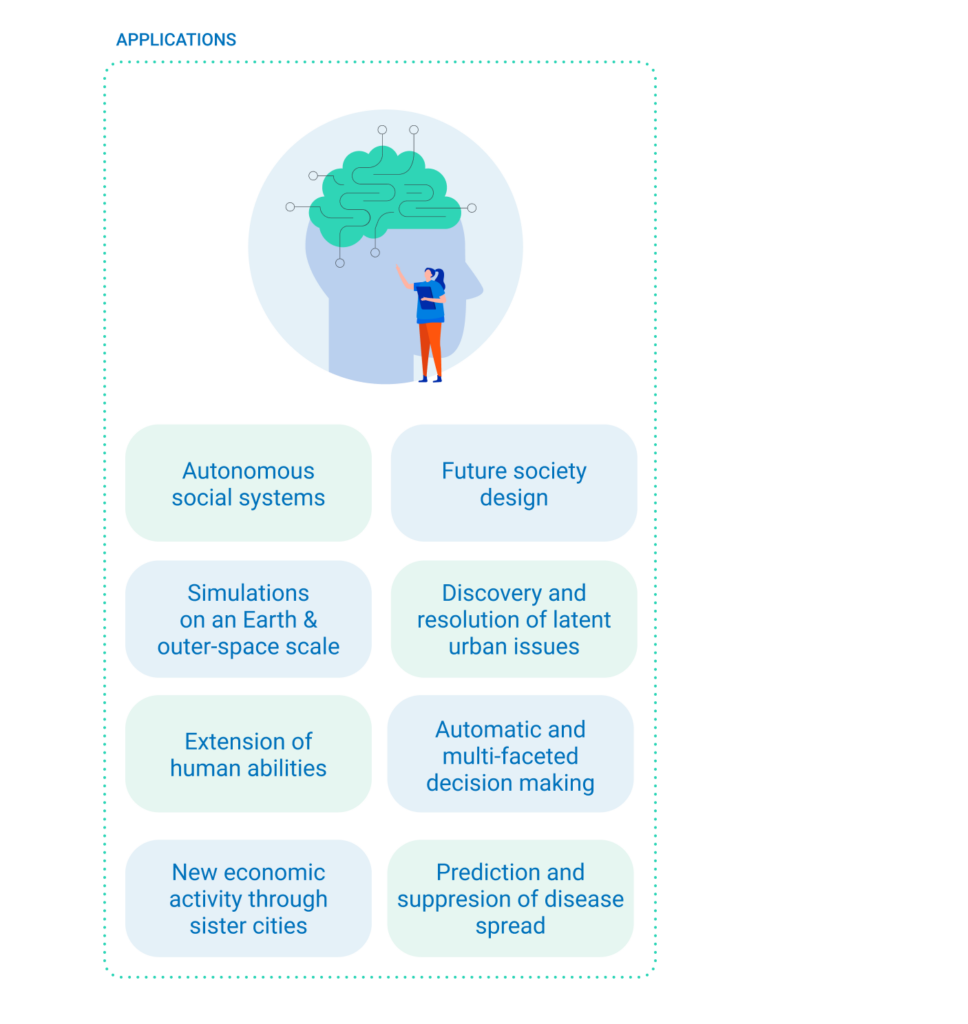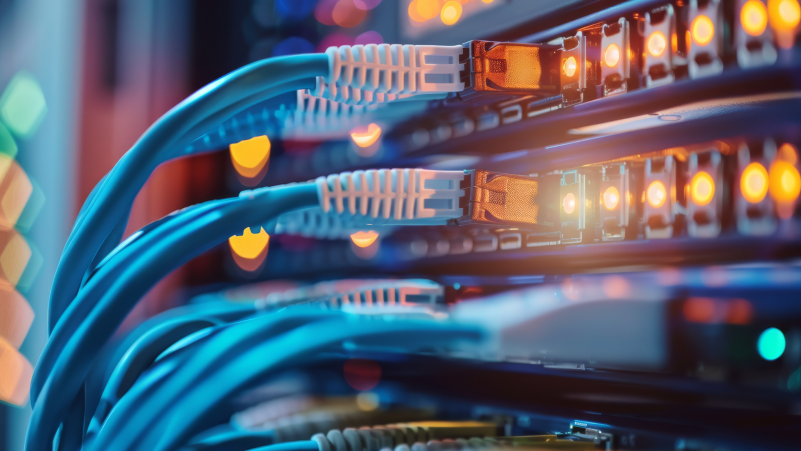February 18th, 2022
1 min read
Digital twins are digital copies of anything existing in the real world: a person, a city, a factory, a car, an electric grid, a manufacturing system, a factory…
They gather past, present and predictive data to anticipate their development and outcomes.
NTT’s Digital Twin Computing (DTC) goes one step forward: it enables digital twins to interact among themselves, freely recombining them to perform more precise simulations of the real world.
Conventional Digital Twins Network
In a conventional digital twin network, the different elements are created and evolve isolated.
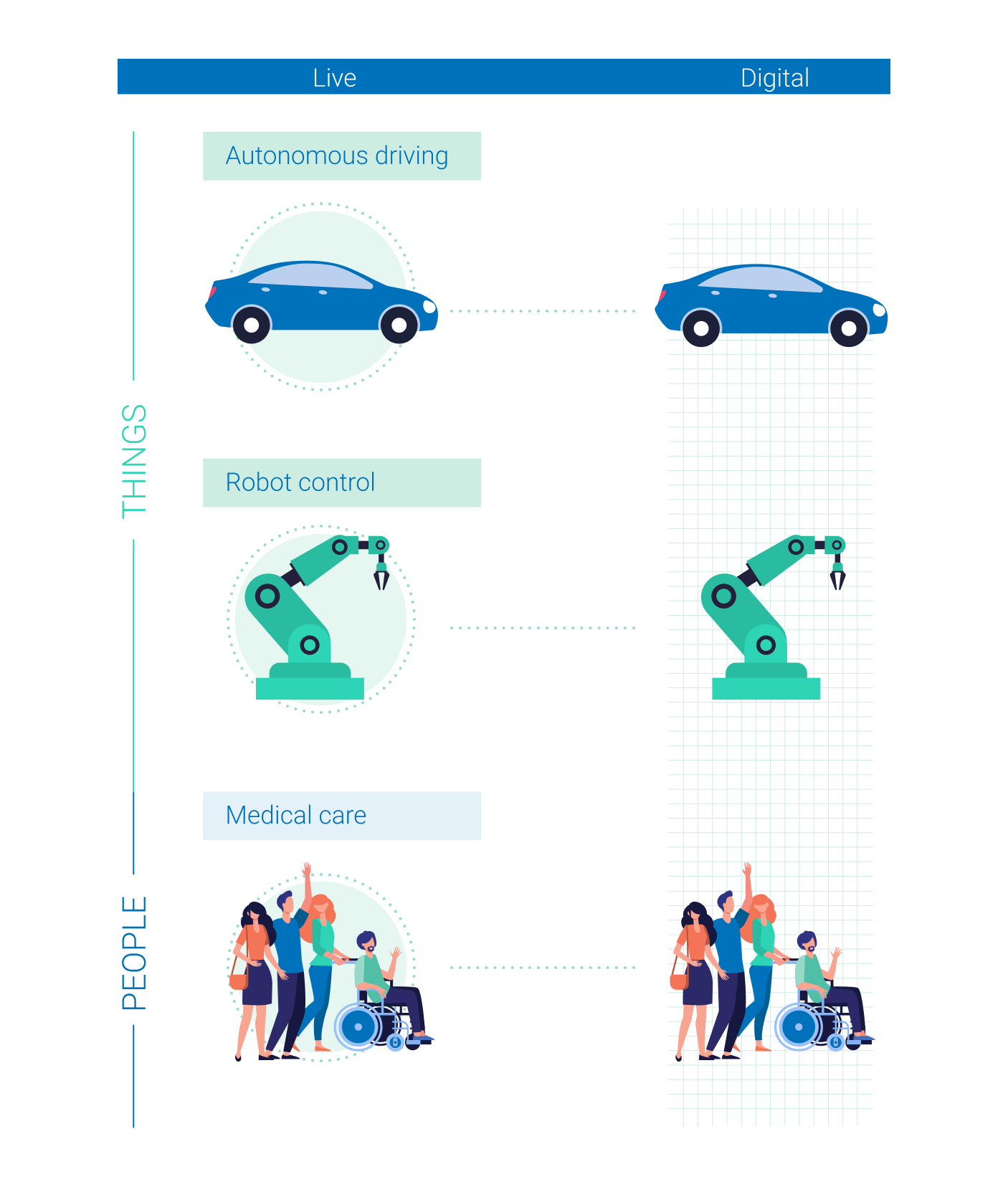
Digital Twin computing
DTC goes further: it starts from individual digital twins to build a holistic integration of the real and digital worlds.

First, DTC makes it possible to create digital twins combined with data from environment sensors.
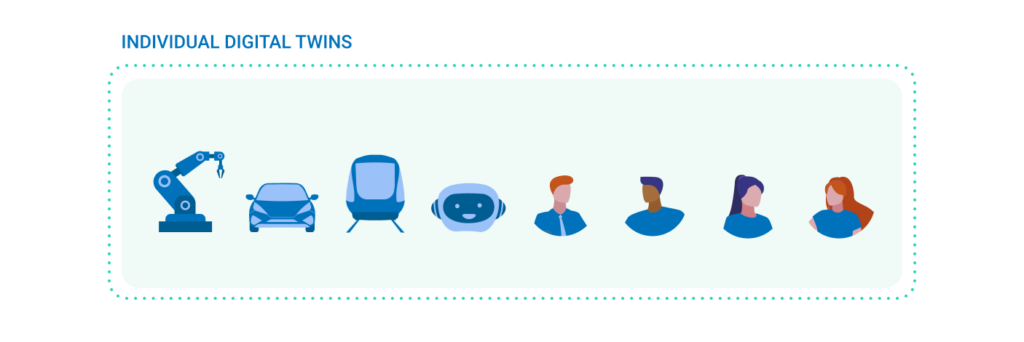
Then it builds precise copies of real-world, complex systems such as cities, traffic, infrastructures and even human bodies.

Finally, it makes it possible to conduct highly precise experiments and trials to better plan the future and correct or mitigate damage.
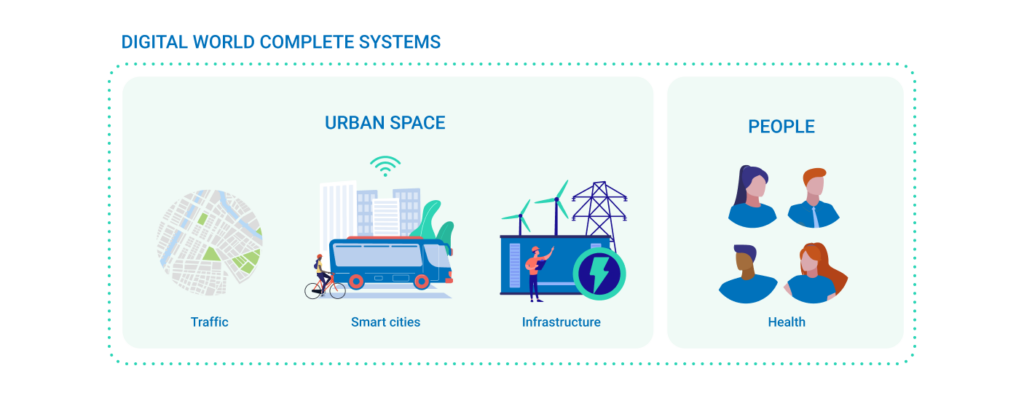
The number of applications can be infinite, ranging from those on a planet-wide scale to individual health treatments.
